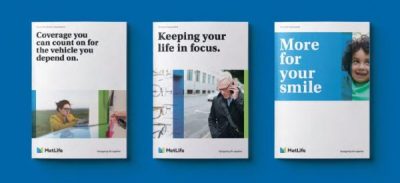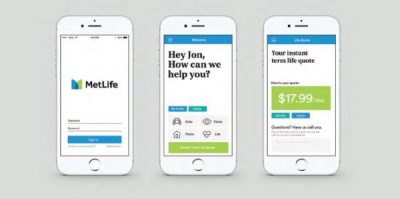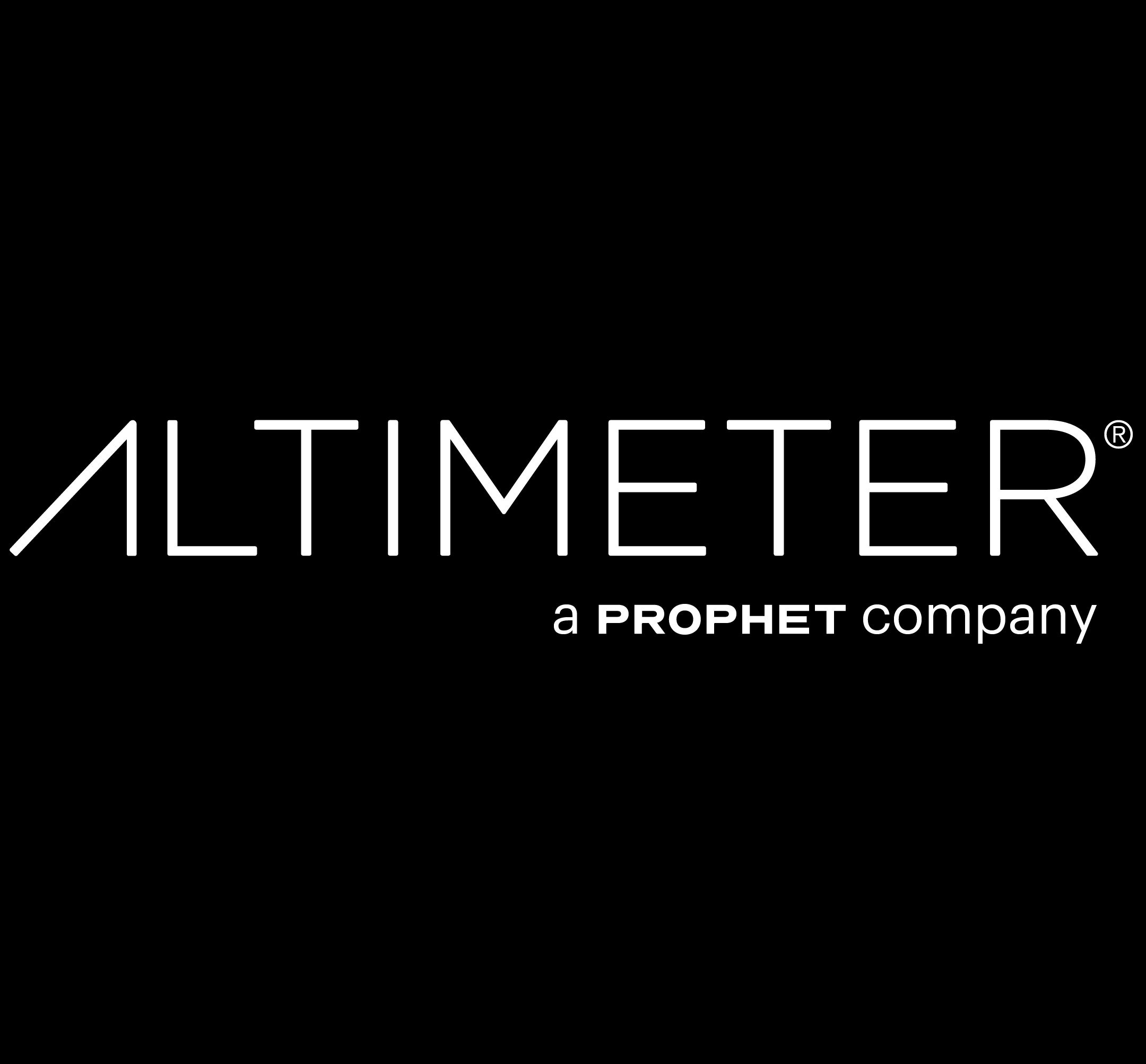BLOG
Higher Purpose Programs Make For Powerful Brand Stories
Brands like Toms, Always and Lifebuoy are making the world better. No wonder their stories are irresistible.
Stories communicate messages better than facts: they are more arresting, persuasive, memorable and social. Most marketing executives have accepted that premise, and are hiring journalists and formalizing the task of finding or creating stories to leverage both internally and externally.
The problem is finding or creating what I call signature stories: stories that are intriguing, involving, authentic and have a strategic message. Most brands and products do not lend themselves to stories that capture attention and really touch people. Even when an occasion has a potentially emotional aspect to it, finding a story that is both involving and authentic can be difficult and finding one with the potential of a viral breakout is virtually impossible.
Signature Stories That Draw From Programs For Social Good
One solution is to find or develop signature stories drawn from social or environmental higher-purpose programs. By their very nature, higher-purpose programs tend to be arresting, inspiring, authentic, emotional and draw people in with vivid characters and significant challenges.
“Stories that are intriguing, involving, authentic and have a strategic message.”
The percentage of organizations that are developing or enhancing a higher purpose program is remarkably high and growing. They are making a difference, both to society and the organization. There are many motivations: to do the “right thing”, to inspire employees (particularly millennials) that want meaning in their jobs, and to appeal to a growing and influential customer base that prefers to do business with brands they respect and admire. Being the source of powerful stories is another unstated and often unrecognized reason.
Consider the raw power of stories such as:
- A video in Lifebuoy’s “Help a Child Reach 5” campaign shows a mother put time and devotion into nurturing a tree that we learn was planted at her son’s birth, a custom in her village. This makes us curious. The next day there is a celebration, the woman’s son has turned five – an age that most children in their village will never see as many die from water-carried illnesses. Over 30 million viewers saw this campaign for hand washing programs.
- As part of the Always “Like A Girl” campaign, a woman acts out the stereotypically assumed motion of running awkwardly and unathletic-like, “like a girl.” When she sees a 10-year-old girl run naturally, with vigor and speed, she wanted a re-do because she changed her mind about what it means to run like a girl. This story was packaged with three others into a signature video campaign that received over 85 million views. 85 million!
- Blake Mycoskie, the founder of TOMS, was vacationing in Argentina in 2006, when he was overwhelmed by the sight of children without shoes. His vacation prompted him to start a company that, for every shoe bought, gives a pair of shoes to a child in need. “One for one” became the slogan, and most who buy from TOMS know the story.
FINAL THOUGHTS
These higher-purpose programs lend themselves to ripe opportunities for finding and creating powerful stories. Using social and environmental higher-purpose programs as the foundation for signature stories is another idea to consider. It is all about content. If your brand does more interesting things, it will naturally have more impactful stories.









